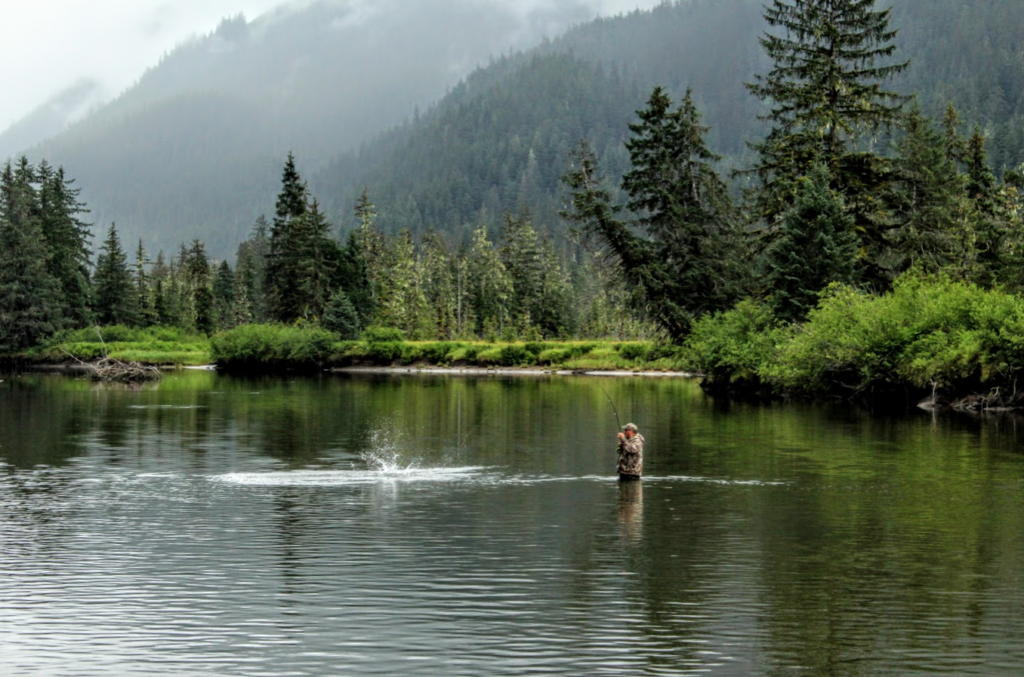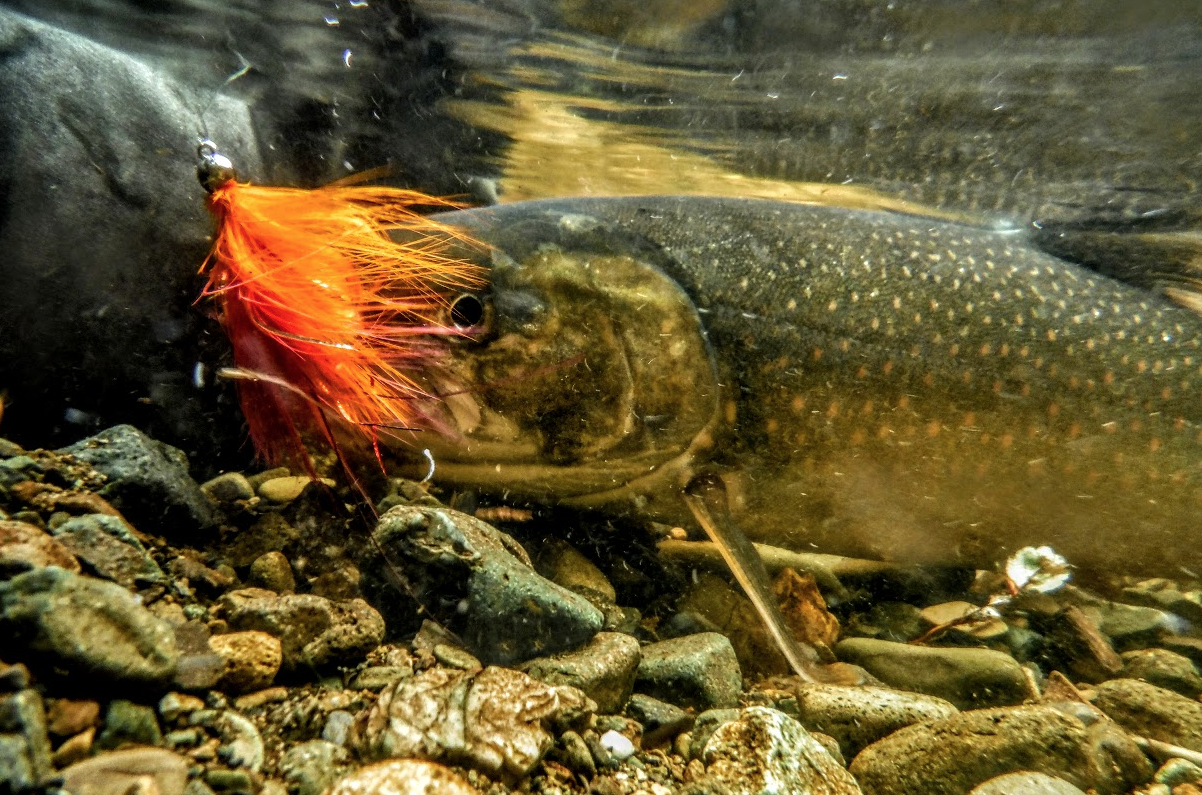My father once told me that “home is where you hang your hat.” I believed it, for a time, at least. I mean, as a young boy, who was I to argue with the wisdom of a grownup?
I’ve come to realize, though, that “home” is where everything seems to fall into place just right. For me, it’s where things make sense. Where the pieces and parts of the world interact just so, and they work together to manifest something approaching perfection.
When it’s all said and done, I might one day end up at “home,” where tall yellow cedars and massive Sitka spruce and hemlock shade tannic, tidal salmon streams that burst with life, both above and beneath the water. Where black and brown bears meander streamside trails from one fishy run to the next and where bald eagles scold visitors who encroach into their rainforest grottos.
Home is where everything works to perfection. Or, at least, perfection as it appears to me. You know … how it looks from the deck of a hidden cabin in the woods, maybe with a view of the Inside Passage in the distance.
The Tongass is almost perfect
Alaska’s Tongass National Forest is one of the last places on the planet where things are working generally as they always have. Yes, “perfection” might a be a reach. But every year, the salmon come home to spawn. Every year, the bears await their arrival, and the eagles pick at what’s left over. Every year, the humpback whales return to the cold, fertile waters of the region to calve and grow fat before migrating south again when the weather turns sour.
It’s a slice of American paradise that functions largely as it should, for the fish, the whales, the bears, the eagles … and the people. And all of it depends on the health of the forest.
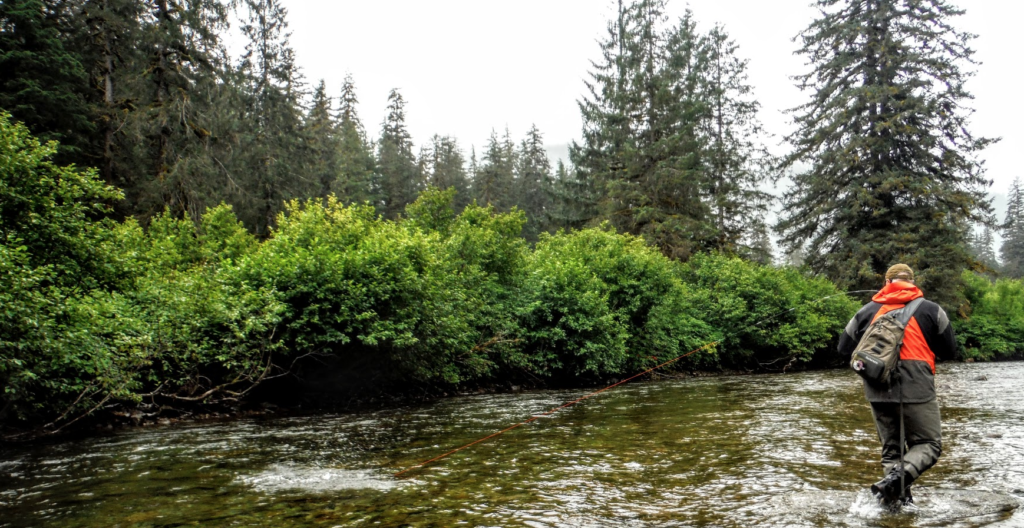
Sadly, in our culture, where profit motive trumps all others, places that approach perfection are so often in peril. And, it seems, under the Trump Administration’s environmental rollback regime, the Tongass is no different. Why should it escape the resource extraction industry under an administration devoted to resource extraction? Even when removing those regulations could have a disastrous impact on a long-term, renewable economy that is functioning about as well as it can?
Specifically, the Trump administration, with help from Alaskan politicians, wants to remove the Tongass from the common-sense protections afforded to it by the Roadless Rule and breathe life back into an already heavily subsidized logging industry.
The Roadless Rule was crafted by the Forest Service in 2001, and it protects backcountry areas all over the U.S. from unnecessary intrusions by industry. “Roadless” might be something of a misnomer, because some roadless areas in national forests across the country do, indeed, sport roads. Or ATV trails. Or both. Basically the rule prohibits the construction of new roads, while, in many cases, cementing in place existing avenues of access.
Keep it like it is
I like to call the Roadless Rule the “Keep it Like it Is” Rule.
And on the Tongass, this rule is so very important.
“The Roadless Rule has been key to protecting many of the best salmon streams in the Tongass,” says Austin Williams, the legal and policy director for Trout Unlimited’s Alaska Program. “At some point we need to learn the lessons from the lower 48, realize we’ve already hammered many of our best salmon streams. Not all logging is bad, but the way it’s been done on the Tongass makes no sense.”
The Tongass might be the best laboratory to study the impacts of old-growth logging on salmon. Over the years, there have been literally thousands of clear-cut logging projects on the Tongass, and every single one of one them likely involved the construction of new roads into the forest to allow access to the big trees—of which we’ve already lost half, according to Audubon Alaska. And the vast majority of those roads cross over salmon streams, often creating migration barriers to fish returning from the ocean to spawn. That doesn’t even factor in the clear-cut logging that took place right up to the water’s edge, adding silt and sediment to uncounted watersheds that very likely inhibited fish spawning and rearing success.
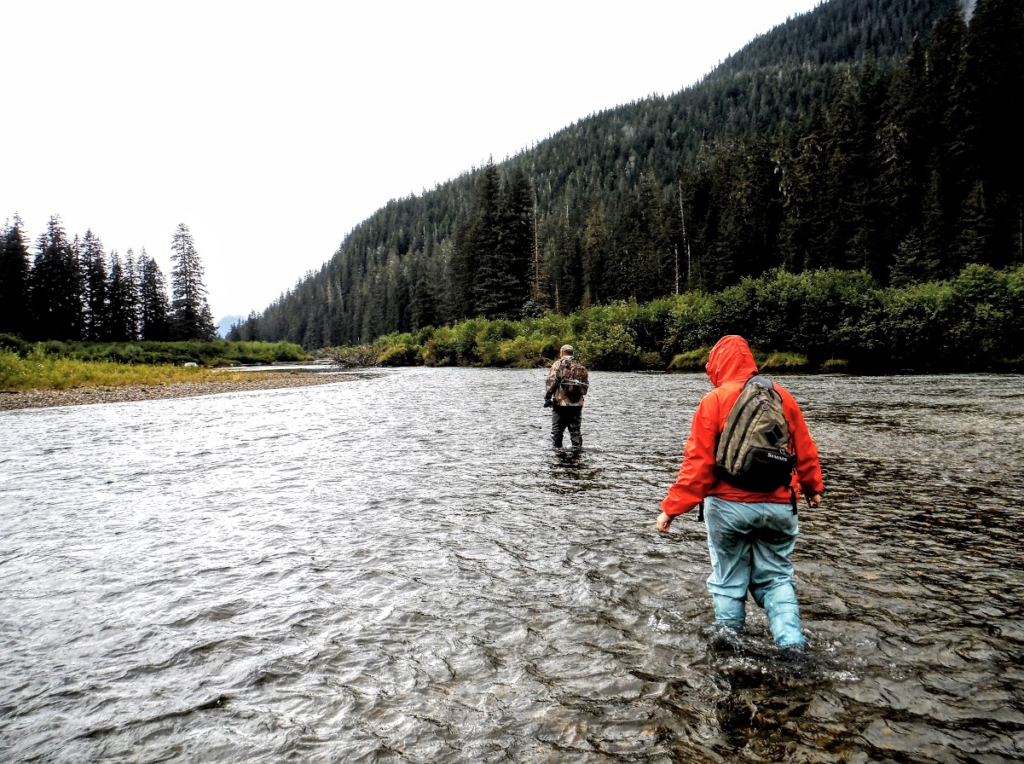
Since about 1990, when the Tongass Timber Reform Act passed, and common-sense regulations were created (like the no-brainer of all no-brainers—the creation of buffer zones along salmon streams, for instance), logging on the Tongass has declined precipitously, and for good reason. First, it’s heavily subsidized. It’s not a money-maker. The trees that grow on our public lands in Southeast Alaska are leased at a significant loss to American taxpayers. Second, logging is hell on salmon, especially when it’s done at such a great scale, like it was often done on the Tongass, before regulations were put in place to protect the region’s greatest commercial resource: Its fish.
A fish factory
The Tongass is easily our fishiest national forest, and not just for us tweedy fly fishers who like to chase wild salmon, trout and char against perhaps the coolest backdrop on the continent. It provides some 70 percent of the wild salmon harvested from national forest streams by commercial fishing boats in America. Its catch makes up 30 percent of all of Alaska’s annual salmon harvest—about 50 million fish every year.
That shouldn’t be too surprising. It’s home to all five Pacific salmon species—king, chum, sockeye, silver and pink—as well as sea-run cutthroat trout, steelhead and Dolly Varden. Inshore fishing for herring, pollack, rockfish, ling and halibut just add to the fishy waterscape—nowhere else in America is the ocean this productive. Period.
And the key to all that fishiness? The Tongass.
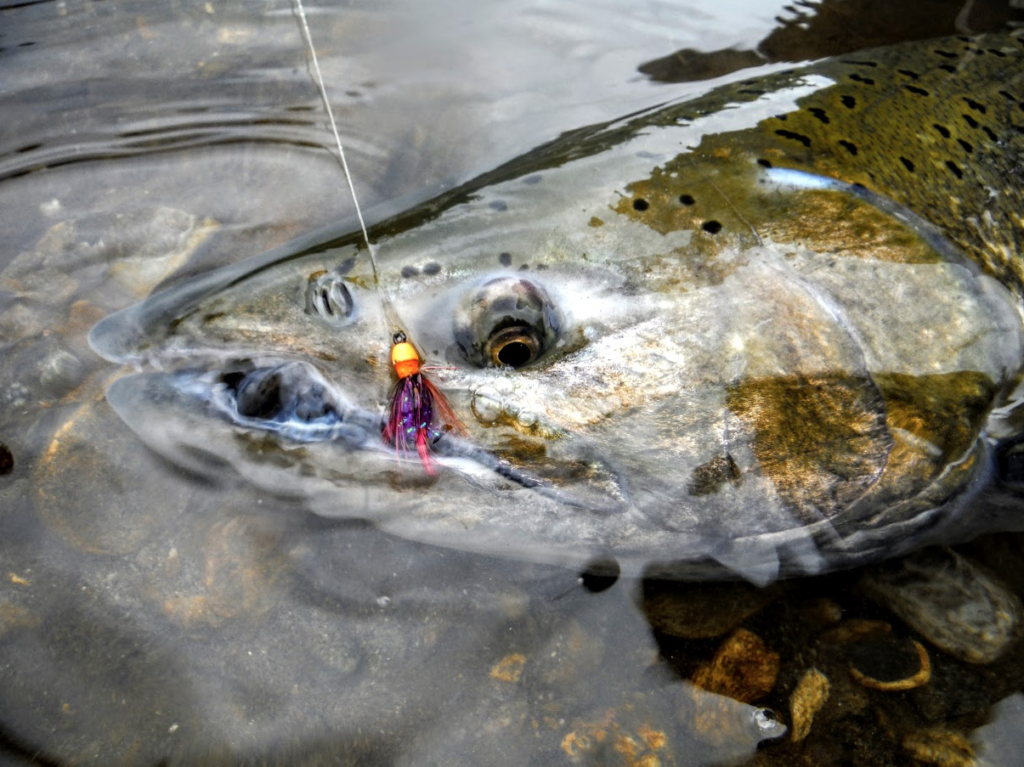
Throughout the 17.3 million-acre forest, there are 5,000 recognized anadromous rivers and streams and about 17,000 miles of rivers, streams and lakes that support ocean-going fish. Fishing in the Tongass provides about 10 percent of all the jobs in Southeast Alaska, and tourism provides another 16 percent. Both fishing and tourism amount to about $2 billion in overall revenue for the region, each and every year. Logging jobs? Logging accounts for less than 1 percent of all jobs in Southeast. And remember those subsidies? As taxpayers, we lose about $20 million annually on timber leases. A significant portion of harvested trees is cut by the for-profit Sealaska Native Corporation, which uses logging as a cash cow for shareholders—Sealaska was gifted timber reserves as part of the Alaska Native Claims Settlement Act of 1971).
‘Put and end to the madness’
Why put the renewable fishing and tourism revenue at risk by removing protections from the Tongass, and allowing a dying, subsidized, economic vacuum of an industry to come back to life? Ask Alaska’s two representatives in the U.S. Senate (Republicans Lisa Murkowski and Dan Sullivan) and GOP Gov. Mike Dunleavy, who have happily engaged with Trump’s Agriculture Secretary Sonny Perdue (a veterinarian and a former Georgia chicken farmer) to do just that.
“The large-scale old-growth logging industry on the Tongass is antiquated, outdated and should become a thing of the past,” Williams says. “We already have thousands of miles of poorly maintained logging roads on the Tongass causing more than 1,000 instances where logging roads cross salmon streams and block salmon migration.”
And the condition of those roads? Wretched. Just to catch up with the maintenance backlog, according to Congressional oversight sources, it would cost $68 million. Why add new roads—at a cost of about $160,000 per mile (and much more in extreme conditions)—to new clearcuts when we can’t afford to maintain the roads already in place?
“We’re in the midst of the warmest and driest summer on record, with clearcuts exacerbating already warm and lethal water temperatures. The Forest Service has identified more than $100 million in watershed restoration needs resulting from past unsustainable logging practices.”
Austin Williams, legal and policy director, TU Alaska.
“Who knows how many thousands of miles of salmon habitat these roads have closed off?” Williams asks. “We’re in the midst of the warmest and driest summer on record, with clearcuts exacerbating already warm and lethal water temperatures. The Forest Service has identified more than $100 million in watershed restoration needs resulting from past unsustainable logging practices.
“We need to put an end to the madness.”
As so many of us breathlessly worry about the fires in the Amazon and marvel at the environmental disregard on display as it goes up in smoke, our own rainforest stands in peril, thanks to misguided efforts to bring old-growth logging back into play in Alaska. Madness indeed.
In a place where perfection is so closely approached—and where “home” awaits for anglers like me—ending the madness and protecting the forest that protects the fish that keeps us all coming back is so very important.
Editor’s note: This article first appeared in Hatch Magazine.
